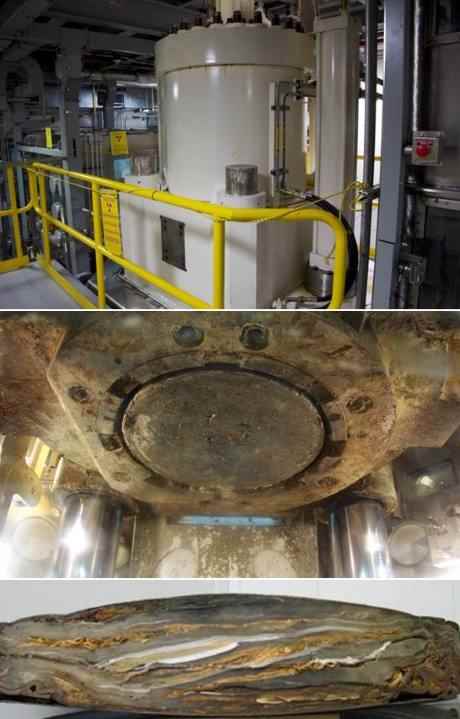Jack Zimmerman, deputy manager of the DOE's Idaho Operations Office, said compacting drums allowed for a greater return on investment for each waste shipment sent from Idaho to WIPP. "The supercompactor has paid for itself many times over considering the valuable space it has saved at WIPP and the number of truck shipments it has saved the taxpayer," he said.
The DOE's Idaho site, 45 miles west of Idaho Falls, houses legacy wastes from World War II- and Cold War-era conventional weapons testing, government-owned research and power reactor development and testing, used nuclear fuel reprocessing, laboratory research, and defence missions, including wastes shipped from other sites. Most of the site's transuranic wastes - industrial debris contaminated with transuranic elements, especially plutonium - were shipped from the DOE's now-closed Rocky Flats plant near Denver which manufactured military components.
Operations at the AMWTP, which has recently undergone equipment upgrades to position it for future operations, centre on the retrieval, characterisation, treatment and packaging of transuranic waste currently stored the Idaho site. Fluor Idaho LLC has managed the Idaho Cleanup Project Core since June 2016 under a five-year contract.
Researched and written
by World Nuclear News




